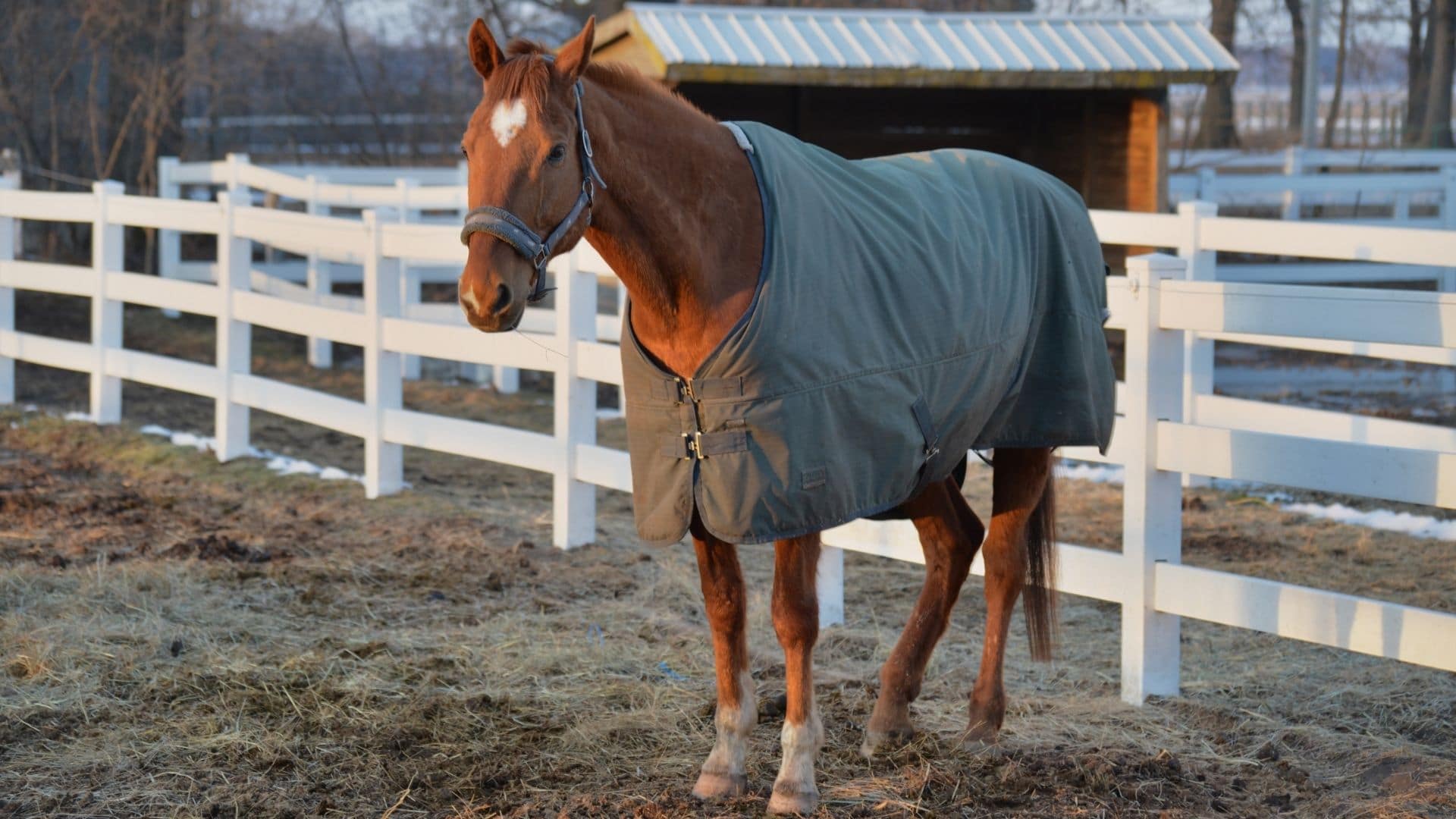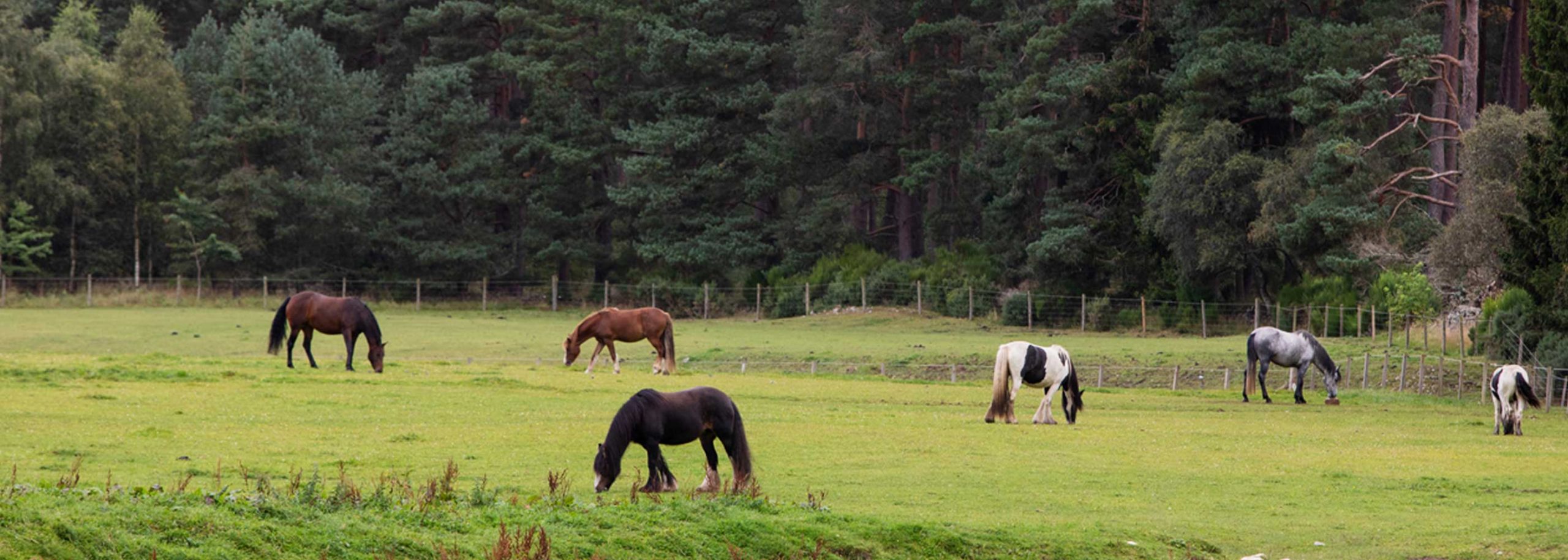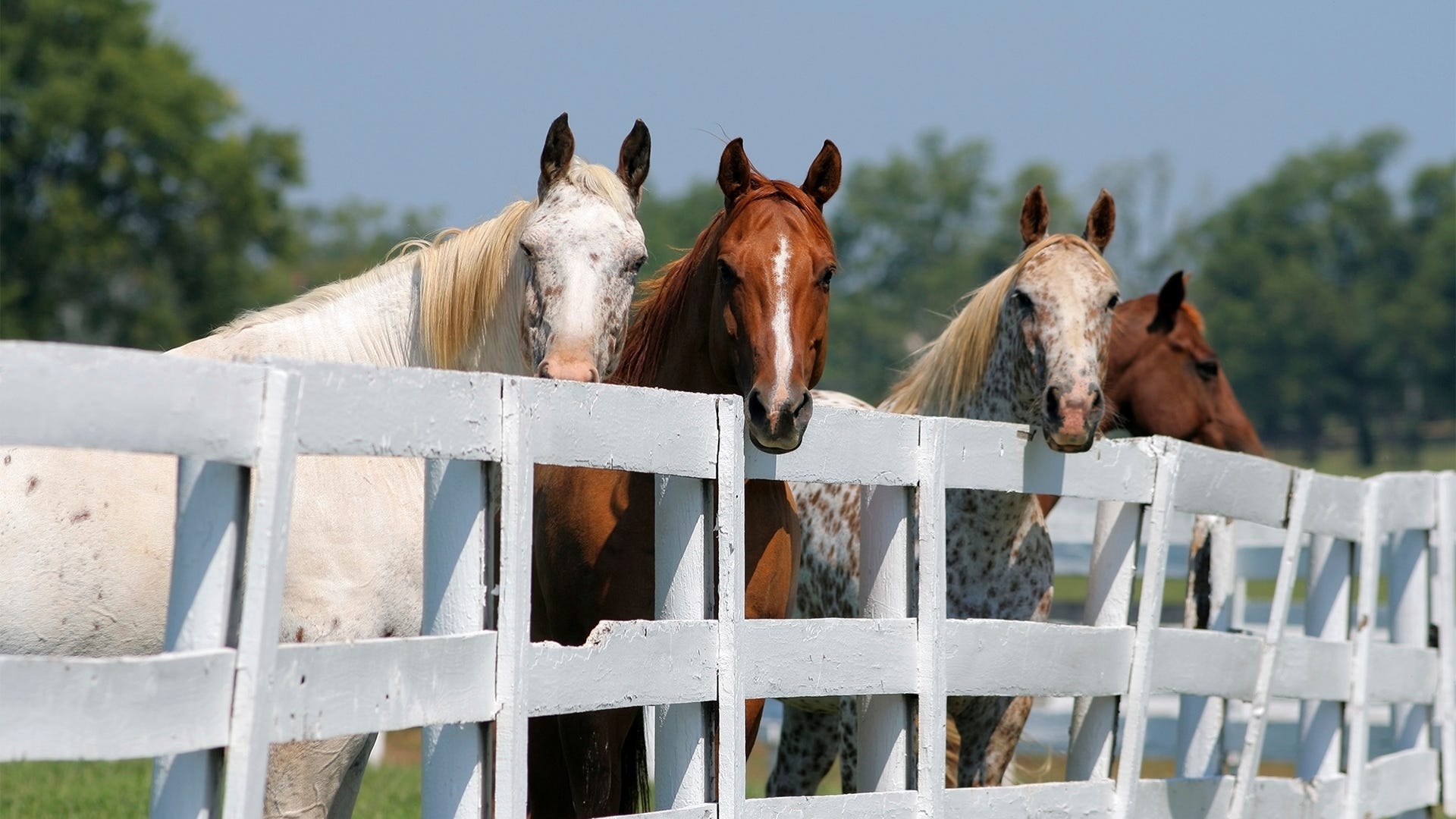Horse paddocks are an essential component of equine management, providing a safe and comfortable environment for horses to graze, exercise, and socialize. Whether used for turnout or as part of a rotational grazing system, paddocks play a crucial role in maintaining the health and well-being of horses. In this article, we will explore the various aspects of horse paddocks, including their design, management, and benefits.
Understanding Horse Paddocks

What is a Horse Paddock?
A horse paddock, also known as a pasture or turnout area, is an enclosed outdoor space where horses are allowed to roam, graze, and move freely. Paddocks can vary in size and layout, ranging from small individual turnout areas to large communal pastures shared by multiple horses. The primary purpose of a paddock is to provide horses with access to fresh forage, exercise, and social interaction while ensuring their safety and well-being.
Types of Horse Paddocks
There are several types of horse paddocks, each serving different purposes based on the specific needs of the horses and management practices. Common types of paddocks include individual turnout areas, communal pastures, dry lots, and sacrifice areas. Individual turnout paddocks are typically used to provide solitary grazing and exercise space for one horse, while communal pastures allow multiple horses to share a larger grazing area. Dry lots and sacrifice areas are designed to restrict access to lush pasture, often used to manage horses with dietary restrictions or during periods of pasture rest and reseeding.
Designing an Effective Horse Paddock

Paddock Size and Layout
The size and layout of a horse paddock are critical factors in promoting the health and well-being of the horses. Paddock size should be sufficient to allow for adequate movement and grazing, with consideration given to the number of horses using the space. The layout of the paddock should incorporate features such as water sources, shelter, and fencing to ensure the safety and comfort of the horses.
Fencing and Enclosures
Proper fencing is essential for maintaining the security and integrity of a horse paddock. Various types of fencing materials, such as wooden boards, wire mesh, and electric tape, can be used to create secure enclosures. Fencing should be regularly inspected and maintained to prevent injury and escape, and it should be designed to withstand the natural behavior of horses, such as rubbing and leaning.
Forage and Grazing Management
Forage management is a key consideration in designing a horse paddock. The availability of quality pasture and forage within the paddock can significantly impact the nutritional needs of the horses. Effective forage management involves practices such as rotational grazing, overseeding, and soil fertility management to ensure a consistent and nutritious grazing environment for the horses.
Managing a Horse Paddock

Rotation and Rest
Rotational grazing is a common practice used to manage horse paddocks, allowing forage to recover and regrow while horses are moved to alternative grazing areas. This approach helps to prevent overgrazing, maintain pasture health, and control parasite infestation. Resting paddocks periodically can also aid in pasture rejuvenation and weed control.
Manure Management
Proper manure management is essential for maintaining the cleanliness and hygiene of a horse paddock. Regular removal of manure helps to minimize parasite infestation, reduce nutrient runoff, and improve the overall environmental quality of the paddock. Composting manure can also provide a valuable source of organic fertilizer for pasture rejuvenation.
Environmental Considerations
Environmental factors, such as drainage, soil quality, and vegetation, play a crucial role in the management of horse paddocks. Adequate drainage is essential to prevent waterlogging and maintain a healthy pasture, while soil testing and fertilization can improve the nutritional value of the forage. Monitoring and managing vegetation within the paddock can help control weeds and toxic plants that may pose a risk to the horses.
Benefits of a Well-Managed Horse Paddock

Physical and Mental Health
A well-managed paddock provides horses with opportunities for exercise, social interaction, and mental stimulation. Regular turnout in a paddock allows horses to exhibit natural grazing and movement behaviors, which can help maintain their physical and mental well-being. Access to fresh forage and outdoor space also contributes to the overall health and vitality of the horses.
Behavioral and Social Benefits
Horse paddocks offer an environment for socialization and herd interaction, allowing horses to establish and maintain social bonds with their companions. Social interaction in a paddock setting can help reduce stress, alleviate boredom, and promote natural herd dynamics, contributing to the behavioral well-being of the horses.
Environmental Sustainability
Well-managed horse paddocks contribute to environmental sustainability by promoting healthy and productive pasture ecosystems. Practices such as rotational grazing, soil conservation, and nutrient management support the long-term viability of the paddock environment, reducing the environmental impact of equine management.
Curious about the different aspects of horse care and equestrian facilities? Explore our articles on halter horses, horse lorries, and horse stables to gain a deeper understanding of the world of horses and equestrianism!
Conclusion

In conclusion, horse paddocks are an essential component of equine management, providing horses with access to grazing, exercise, and social interaction in a safe and controlled environment. Designing and managing an effective horse paddock involves considerations such as size, layout, fencing, forage management, and environmental sustainability. A well-managed paddock offers numerous benefits for the physical, mental, and social well-being of horses while supporting sustainable equine management practices. By understanding the importance of horse paddocks and implementing sound management principles, horse owners can create a positive and enriching outdoor environment for their equine companions.



